Managed to get my hands on the Samsung SF310 13.3 inch laptop these days, a device Samsung advertises as “thin and light” and you’re going to find in the next rows my impressions on it and a pretty thorough video review i managed to shoot.
Now, this is for sure not a thin and light laptop, not when compared with the Asus UL36J or the MacBook Air or even the Acer Aspire Timeline X 3820TG, as it’s 1.3 inches thick and weighs 4.5 pounds, which are nearly measures normal for a 15.6 inch laptop these days. So advertising it as thin and light is for sure a joke and that guy at Samsung coming with this line should be sacked (if it hasn’t been already).
Samsung went for a new curvy molded shape, as you can see from the picture, with the bottom and upper part joining together when closed. Looks different, some would say even stylish. However, the entire body is made from plastic and it’s that perky glossy one. It will scratch and catch smudges and fingerprints like crazy, although on this white version they won’t really be that easy to spot. Not to mention that the entire chassis squeaks like a sinking ship when lifting it and holding it firmly.
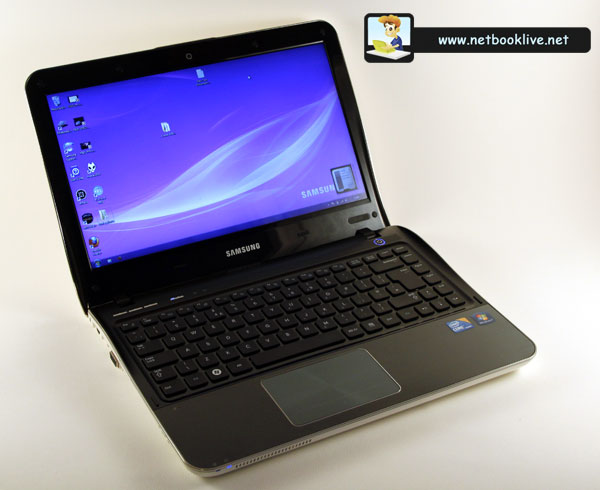
Samsung SF310 – a mix of good and bads, but difinetely not a thin or light notebook
Opening the lid, you get a glossy 13.3 inch display surrounded by a plastic bezel with a carbon fiber like design. The arm rest is made from metal at least and feels nice. There’s also a Full-size keyboard, very comfortable to use, with keys just the right size and properly sized. And they are also quiet and easy to push, so top marks for the keyboard. However, the trackpad is an entire kind of story: it’s pretty big and comes with a nice metallic feel, but it’s very imprecise and the integrated click buttons don’t really work as expected.
In terms of performances, you do get top notch hardware inside this one, with Core I5 processor, Nvidia 310M graphics with Optimus, 4 GB of RAM, 320 GB hard-drive, Wireless N, Bluetooth 3.0 and Windows 7 Home Premium. Nothing missing in terms of ports either. But this kind of hardware is not out of ordinary, it’s standard for 13.3 inch laptops these days.
The device does come with a big 60Wh battery, however it’s encased like on the MacBooks and you won’t get access to it in case something goes wrong. It does last quite a while, for around 6-8 hours on a single charge, which is OK, but once again bellow the Asus or the Acer competitors.
In terms of pricing though, this Samsung rises above competition. I must say I could only spot it in Europe, with a list price of 800 pounds in the UK and 900 euros in Germany and France. And that’s up there with the competition, but luckily these days you can find it discounted in several online stores, with prices around 600 pounds (that’s 200 quids off). And that’s really the right price for it.
Like you can see, this is not one of my regular reviews, although I quickly went trough most important aspects of this notebook (and if you got more questions, please shoot). More will be available in the video review below.
As a wrap up, the Samsung SF310 is not a bad machine. It’s just improperly advertised an targeted. If looking for a thin and light laptop and ending getting this Samsung, you’ll for sure be disappointed. However, if on the market for a stylish looking and pretty solid built 13.3 inch notebook, with good performances and battery life, all for an affordable price, the Samsung SF310 might just end up to be the one for you.
Still, if I were on the market for a 13.3 incher, I would for sure go for an Acer 3820TG (which is similarly priced) or try squeeze some extra bucks for the Asus U36J (or even one of those ultra-slim 13.3 Macbook Airs). But that’s just what I would do…
- Samsung SF310 – a mix of good and bads, but difinetely not a thin or light notebook

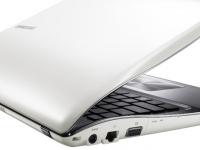
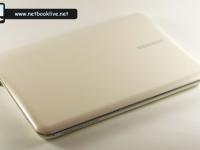
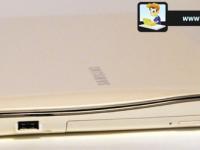
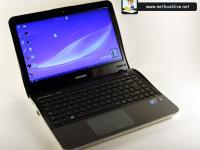
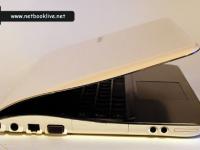
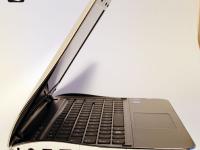
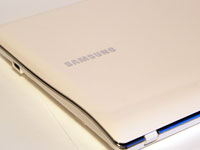
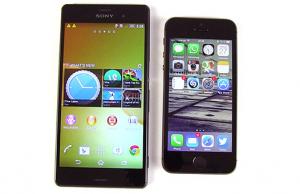
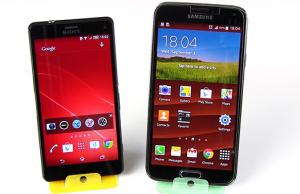
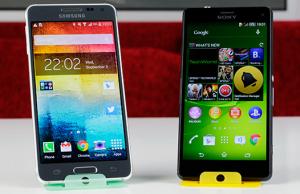
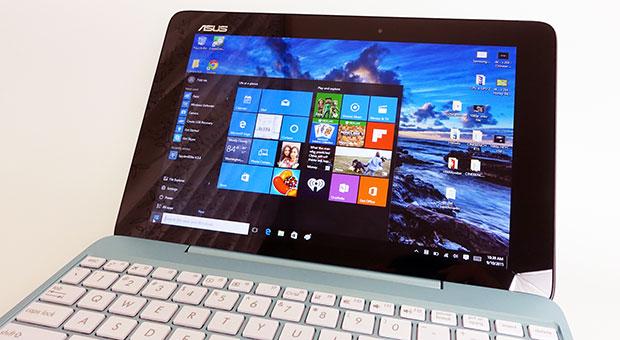








Kleber Amaral
July 18, 2011 at 6:35 pm
Hello, how do I remove the battery from the notebook where the battery is located? You can use your notebook without the battery? Thank you!